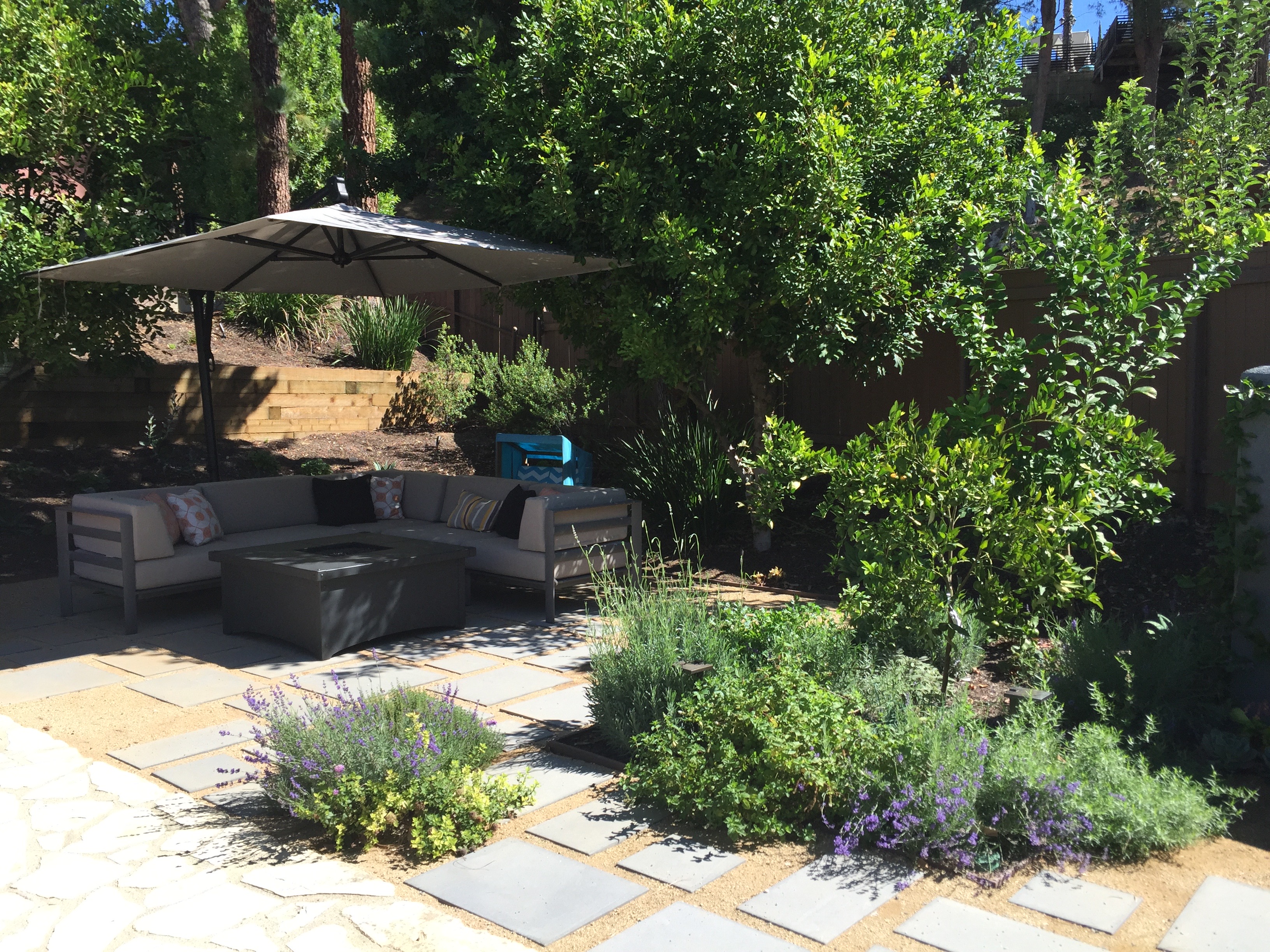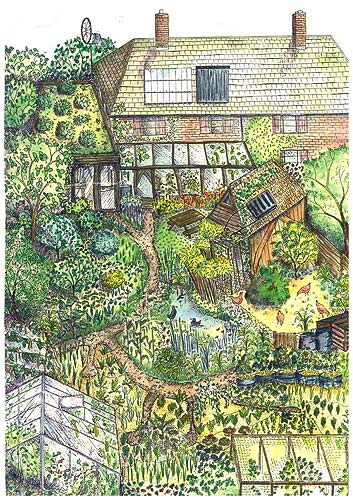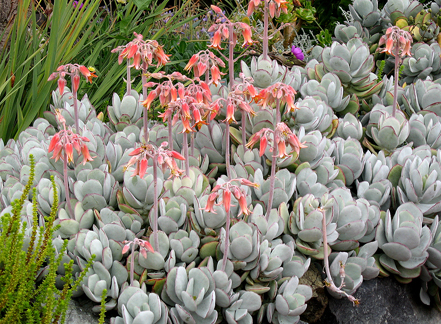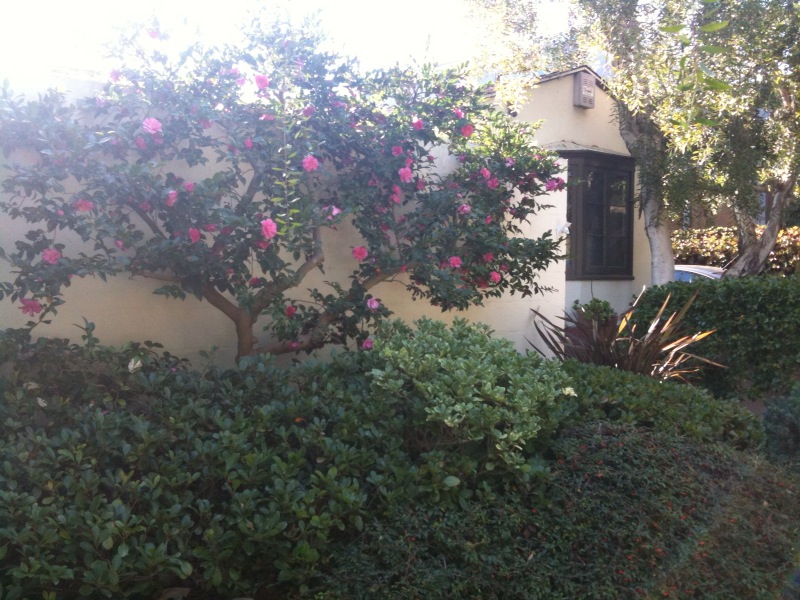An adventure in Permaculture
Anyone who knows me, knows I love to learn new things. I am the perennial student studying not only perennials but arboriculture, irrigation design and now I’m adding Permaculture. I’ve been dipping my toe in this subject for some time and now I’ve finally dived into an intensive certification course at the LA Arboretum. Permaculture is essentially the use of sustainable design principles in the creation of human habitats. The design process takes it’s cues from the natural world were systems are self-sustaining and abundant. This illustration shows elements of Permaculture: food production, water reclamation and diversion, harnessing of the sun’s energy and the thoughtful placement of crops based on micro climates. There’s actually a lot going on under the soil too!
I think what I’m most excited about is the amazing sense of community in this movement. In fact, you cannot practice Permaculture alone – it requires you to tap into the community. At my first 8 hour class, I found myself surrounded by people who want to make a difference in our world of global warming, mass food production and lack of exposure to nature and it’s abundance. I really don’t know where this will lead me but I’m just so thrilled to be on this path because I know it’s a positive one. I’ll keep you posted 🙂






